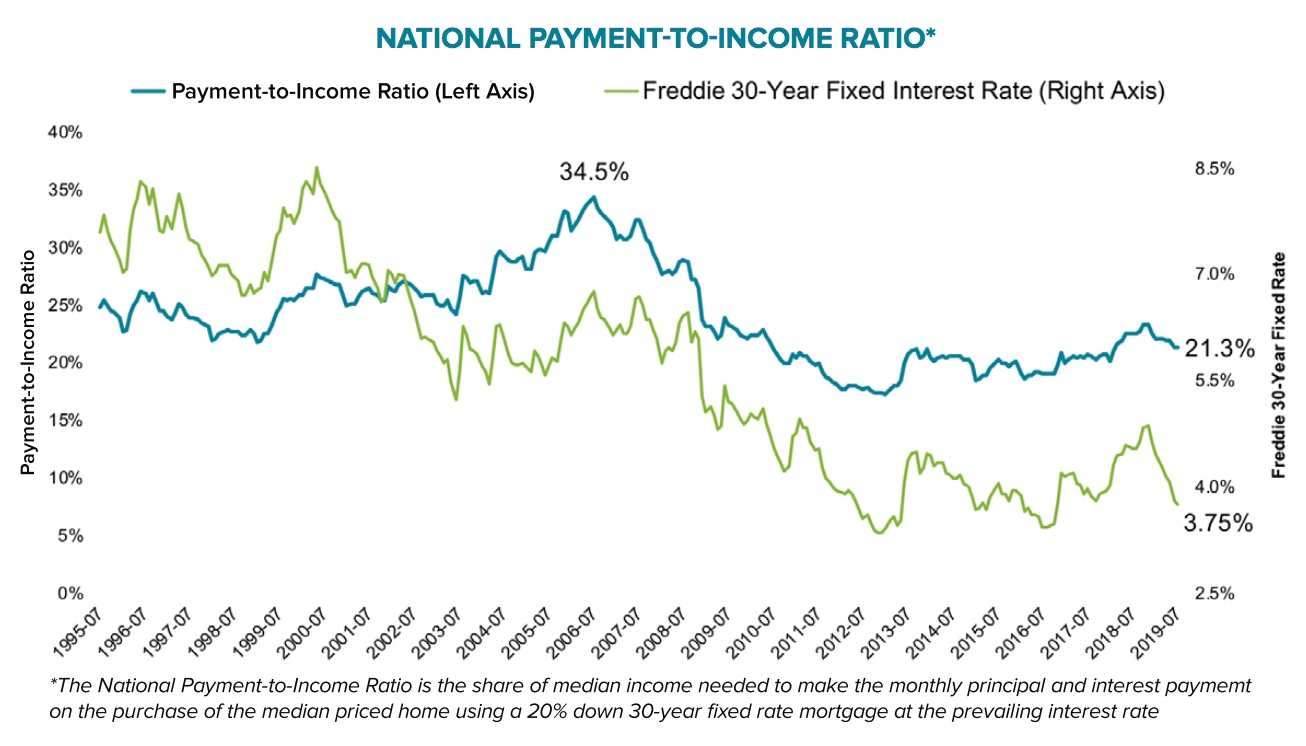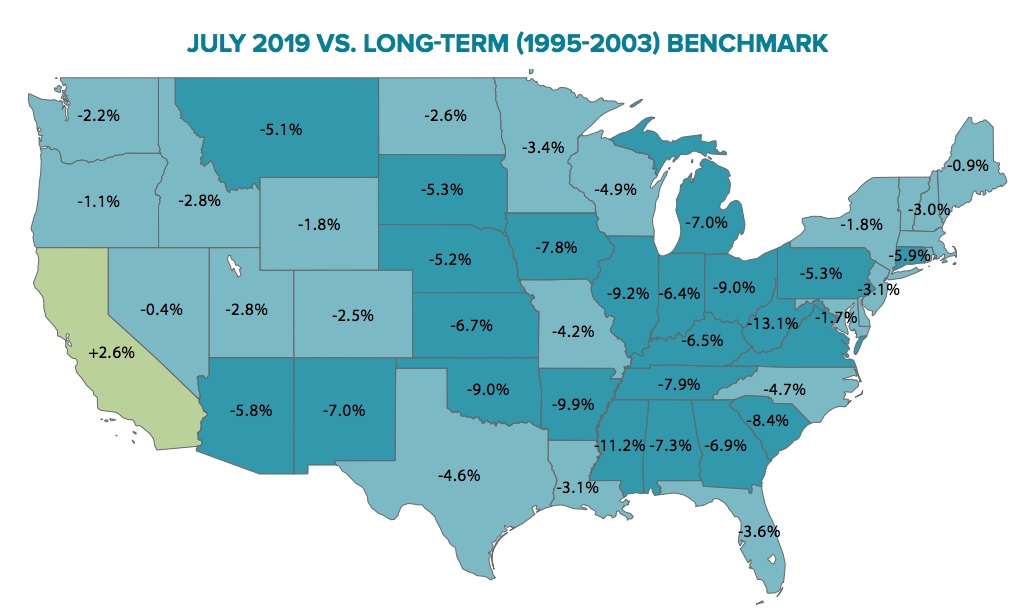Crews harvested 10 tons of Pinot Noir from the Richburg Vineyard and 12 tons of Chardonnay grapes from the Sisters Vineyard early Tuesday as harvest 2019 began for Calistoga’s Schramsberg Vineyards.
Mid-morning on Tuesday, Emrys Davies, 15, and his brother Hughie, 10, were on the crushpad with their young cousins and their father, Schramsberg vintner Hugh Davies, for the winery’s annual celebration marking the beginning of the harvest. It’s a tradition that Schramsberg founders Jack and Jamie Davies, Hugh’s parents, first began in 1965, just weeks before Hugh was born.
When asked, young Hughie couldn’t remember anything about prior harvest parties, although his cousin, Matthew Nelson, said he remembers a lot of people celebrating. And Emrys added he remembers stomping on the grapes when he was little. He also remembers his grandmother, Jamie Davies, who died in February 2008.
Later, after Hugh Davies spoke in English and Spanish to the crowd of about 50 people, Hughie was on top of the Pinot Noir grapes and jumped up and down, with his blue shoes on, crushing the grapes, while Brandy, a Golden Retriever, watched.
“This harvest will be a little smaller than last year, because the yields are expected to be smaller,” Hugh Davies said, adding that 2018 was “a monster year.” The 2019 harvest, judging by the picks done early Tuesday, will be “definitely lighter than last year, but closer to normal,” he said. “We’re planning to make a little less wine than we did last year.”
In 2019, Schramsberg is planning to harvest some 1,800 tons and is targeting 90,000 cases or maybe 95,000 cases, Davies said. “We selling about that much, so we should be making a little more to build a library, if nothing else,” he added.
Sean Thompson, director of winemaking, said he is expecting fruit from 10 new vineyards this year, thanks to the efforts of viticulturist Sam Rubanowitz, and for the first time will be crushing Chardonnay grapes from Anderson Valley. He introduced five of the six interns for this year, including Jack Davies, Hugh’s nephew and son of Bill Davies, Georgia Dale, Brian Hurley, Gita Mallya and Nathan Sneller. Michael Barrett was not present.
Hugh Davies addressed the interns and other vineyard workers present: “Thanks again for the hard work you’re about to do,” adding he expects the harvesting of grapes to go on for 10 weeks.
He also thanked the workers present, many of whom have worked for Schramsberg Vineyards for more than 40 years.
Davies admitted the start of harvest was about the same as last year, adding that both years were late. “Aug. 20 is a little late. Typically, I would say it is Aug. 14, so maybe we’re a week behind what would be normal.” In 2011, the first grapes were picked the first week of September, which he called “an extremely late harvest,” and in 2015, the first grapes were picked at the end of July. “It was a very low crop and the fourth year of drought conditions. It was early,” he said.
The grapes are brought in half-ton plastic bins, which Davies said are gentle with the grapes. “For the most part, the berries are unbroken and the juice won’t come out of the skins until it is inside the press,” he said, adding, though, that it’s impossible to have no juice at the bottom of the bin. Looking at the press, Davies added that even though it’s bigger than ones used in the past, it is part of a gentle process.
“We extract the juice fairly slowly,” with the press that was put in use in 1999, and “the amount of solids we get in our free-run juice today is minimal. It’s pretty nice and there’s a very crisp, polished feel to that free-run juice that is an improvement over where we would have been all those years ago,” Davies added.
The Pinot Noir and Chardonnay were picked at 20 Brix, which is higher than normal for winegrapes used for making sparkling wine, but Davies said last week’s heat spike raised the sugar in the grapes. “We’ll be picking more tomorrow from the Richburg Vineyard,” he said.
Part of the harvest celebration tradition includes a group of winery employees using sabers to open bottles of Schramsberg Querencia Brut Rose. On Tuesday, seven people took sabers to the bottles of 2015 wines: Hugh Davies, Sean Thompson, Sam Rubanowitz, Jessica Koga, associate winemaker, intern Jack Davies and two enologists, Shawn McIlvenna and Mara Ambrose.
After the bottles were opened, they were poured onto the picked Pinot Noir grapes, seeking good luck for the harvest.
And, so harvest 2019 begins. As the back of one of the workers’ T-shirts said, “Eat. Sleep. Crush. Repeat.”
By: David Stonberg, editor@sthelenastar.com






















